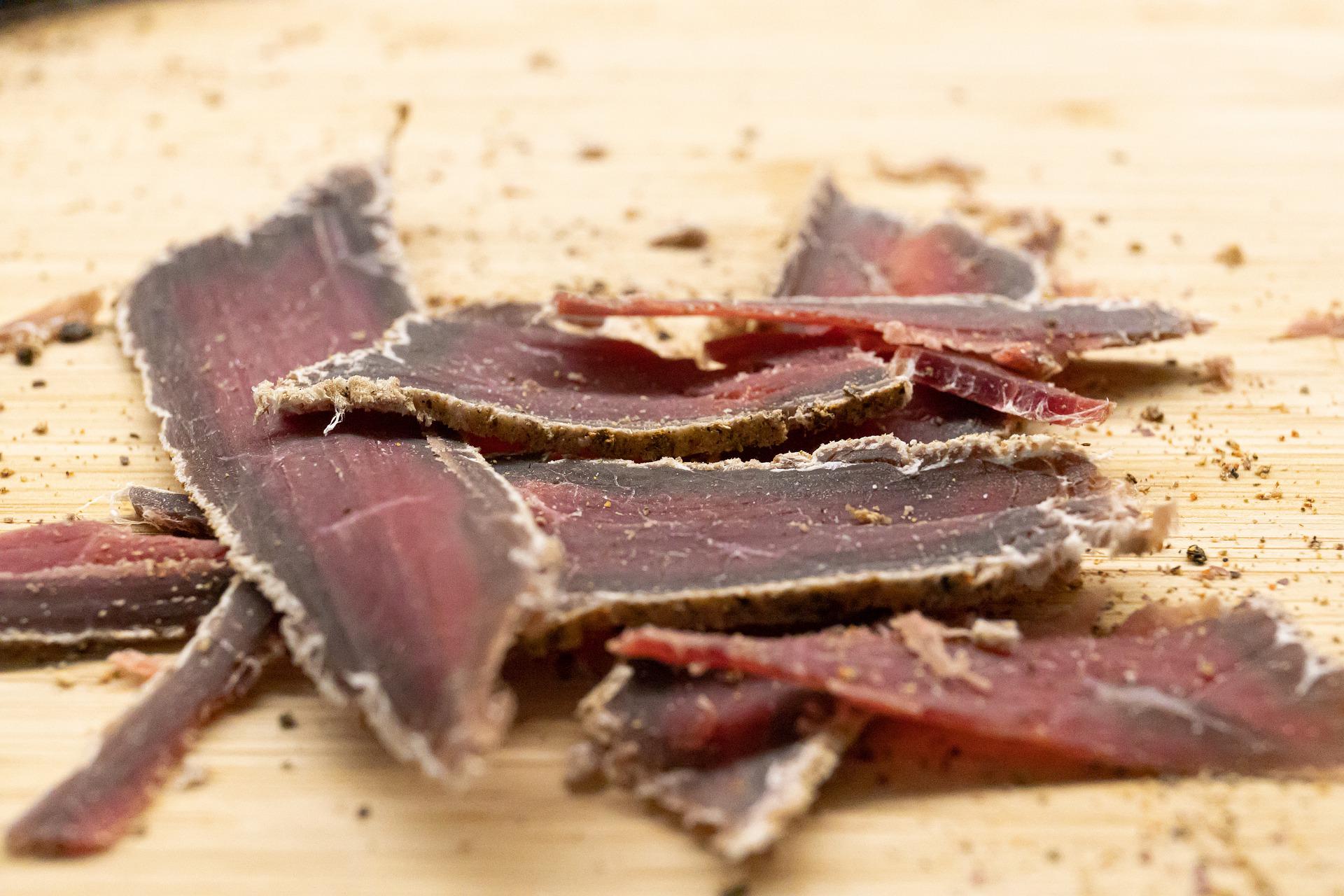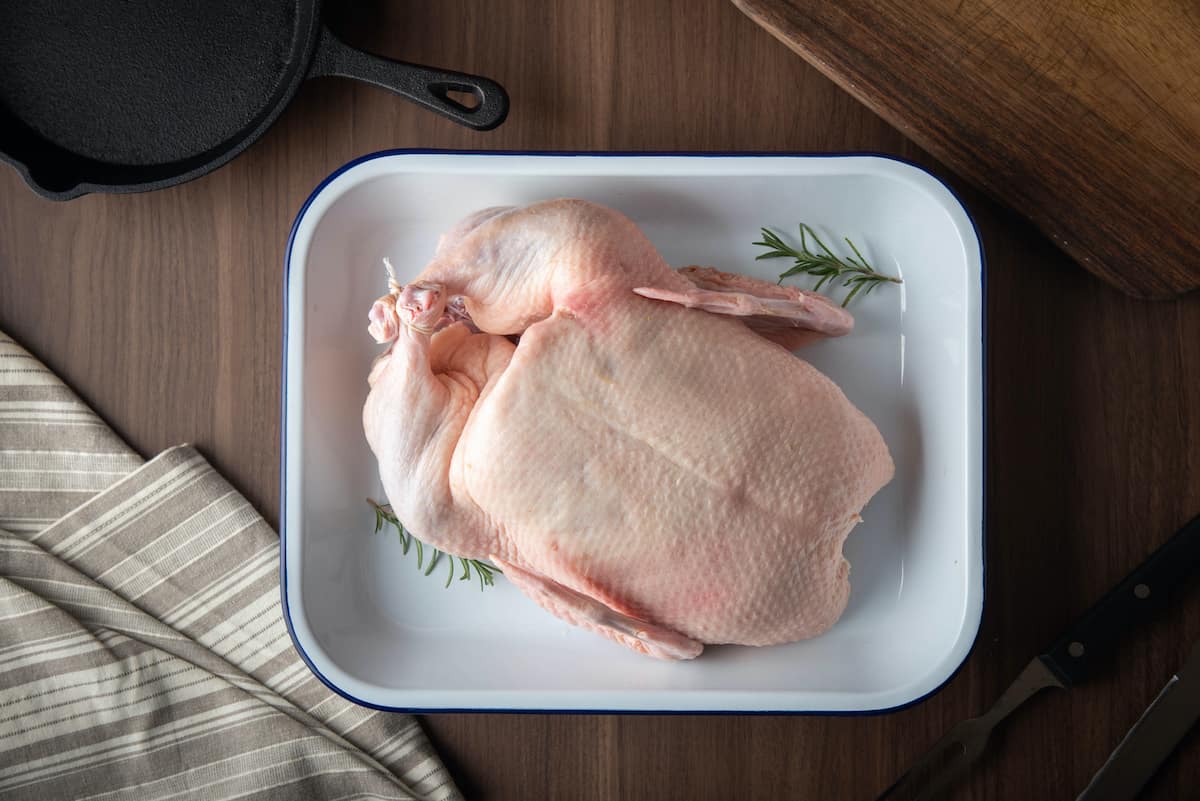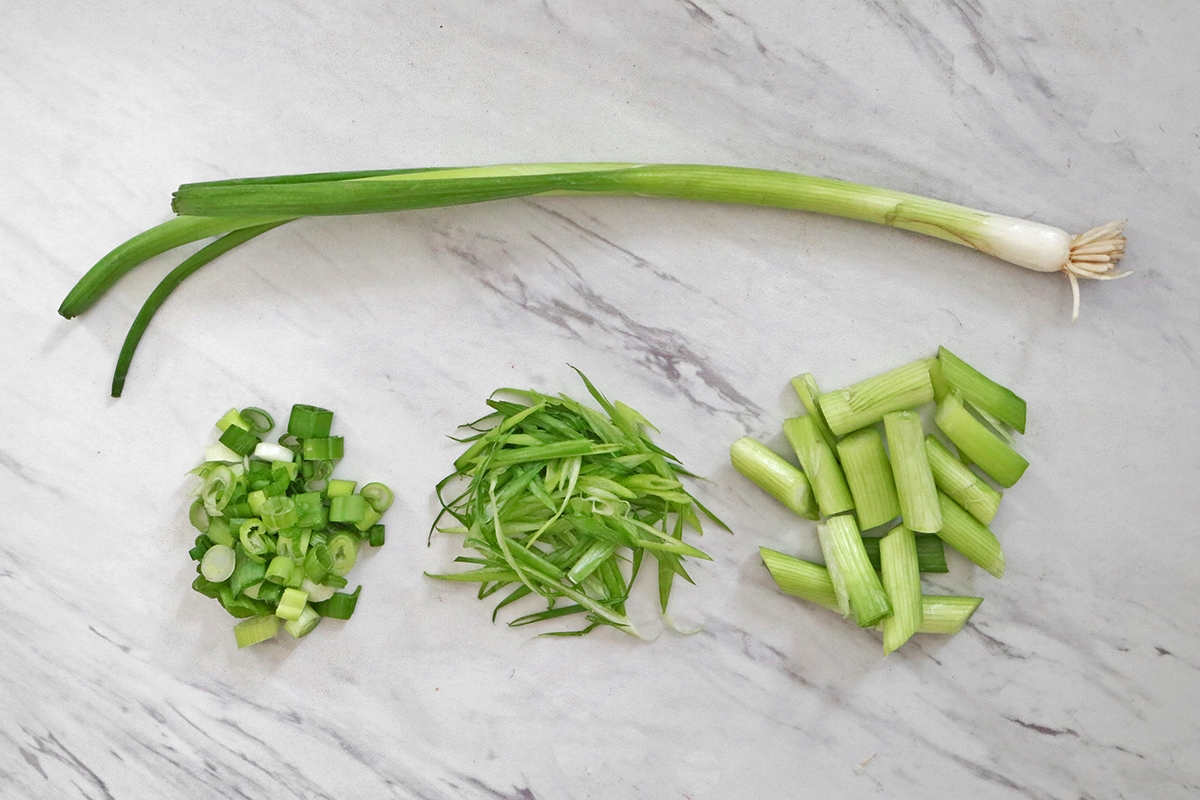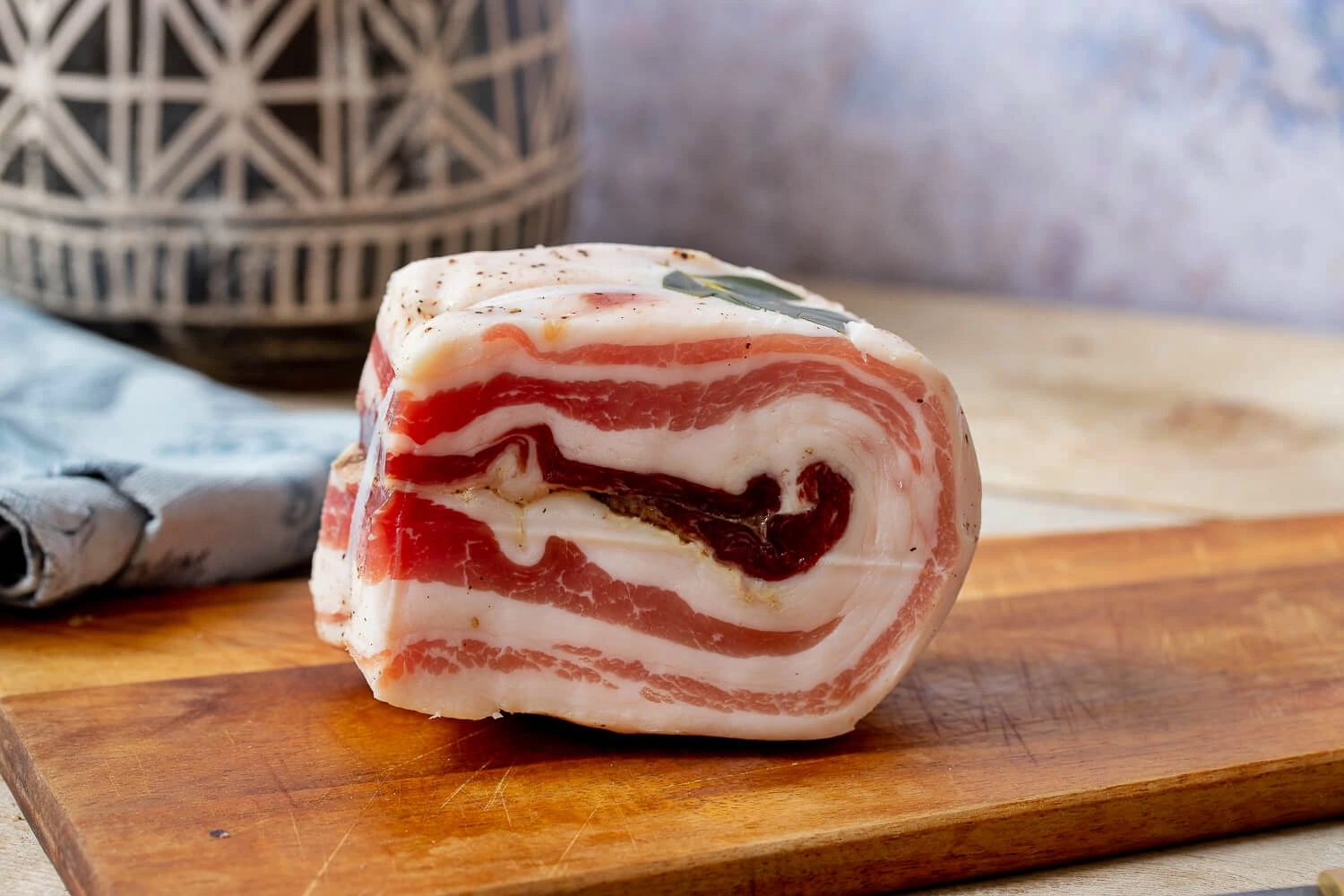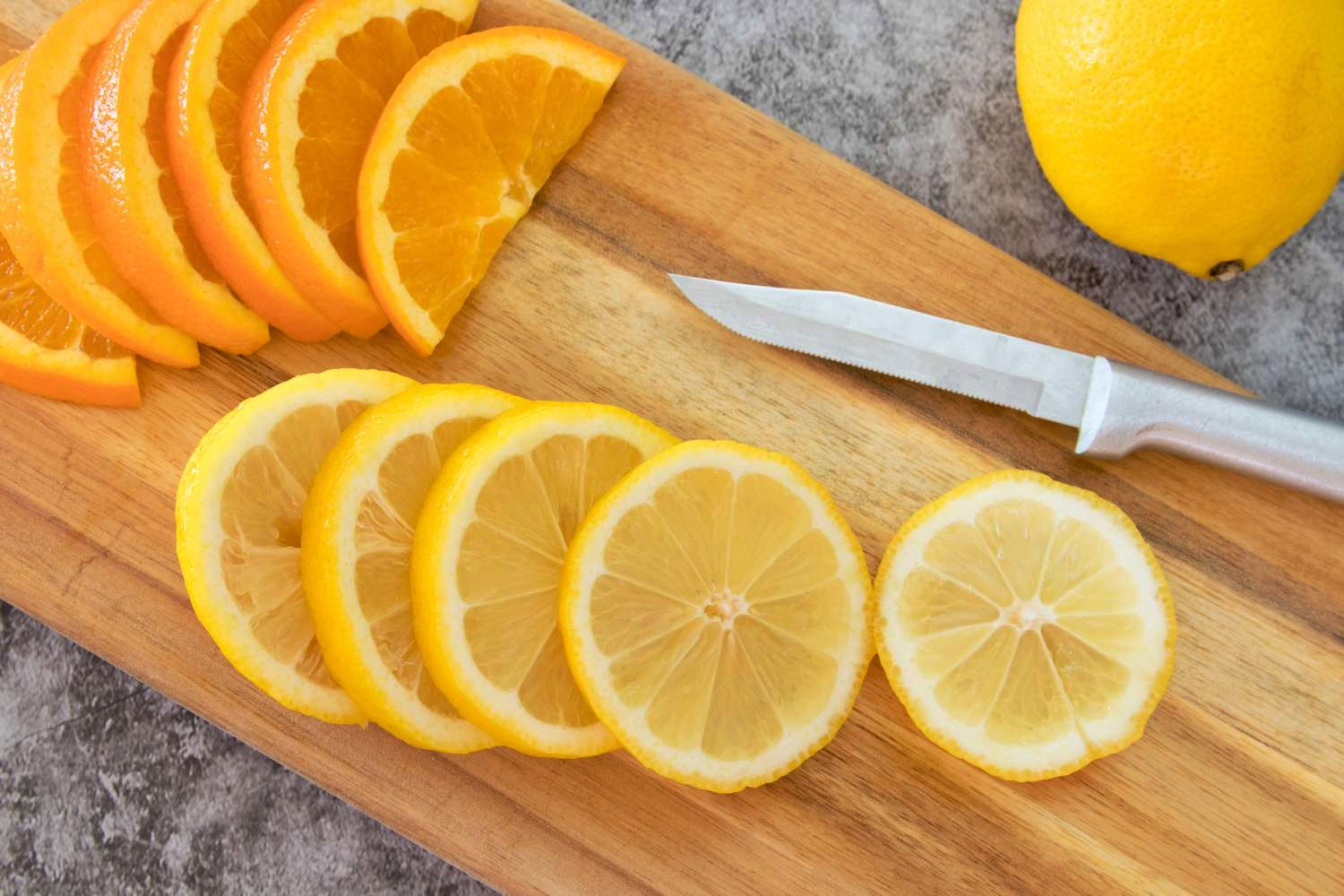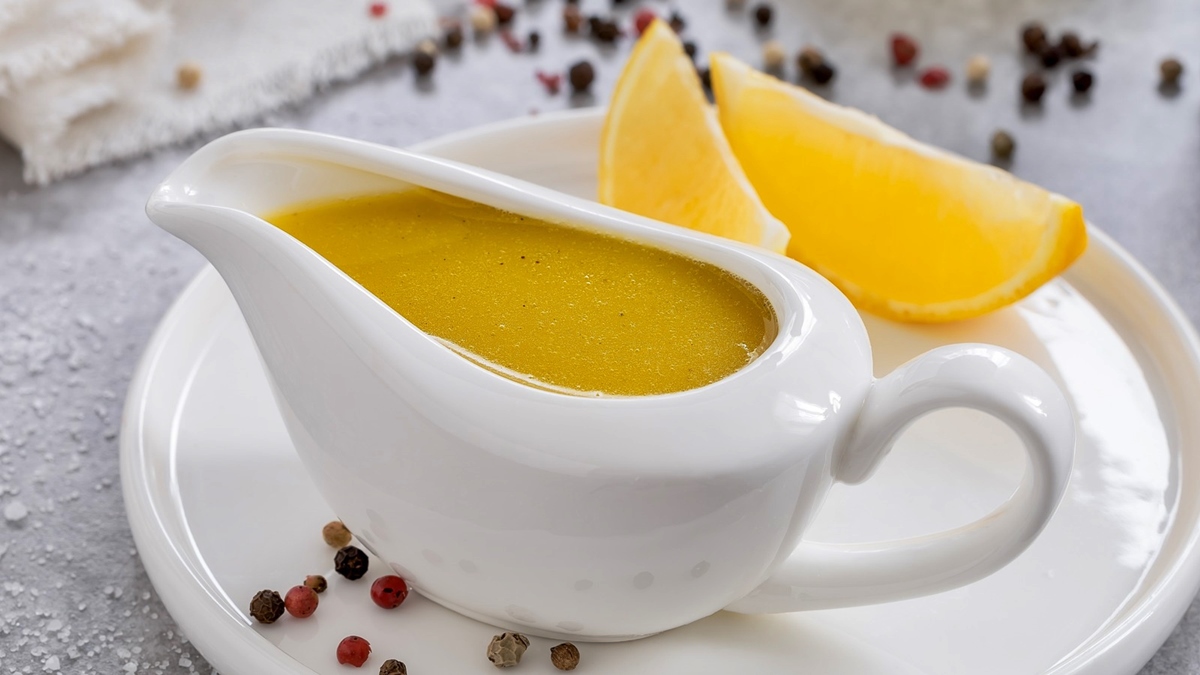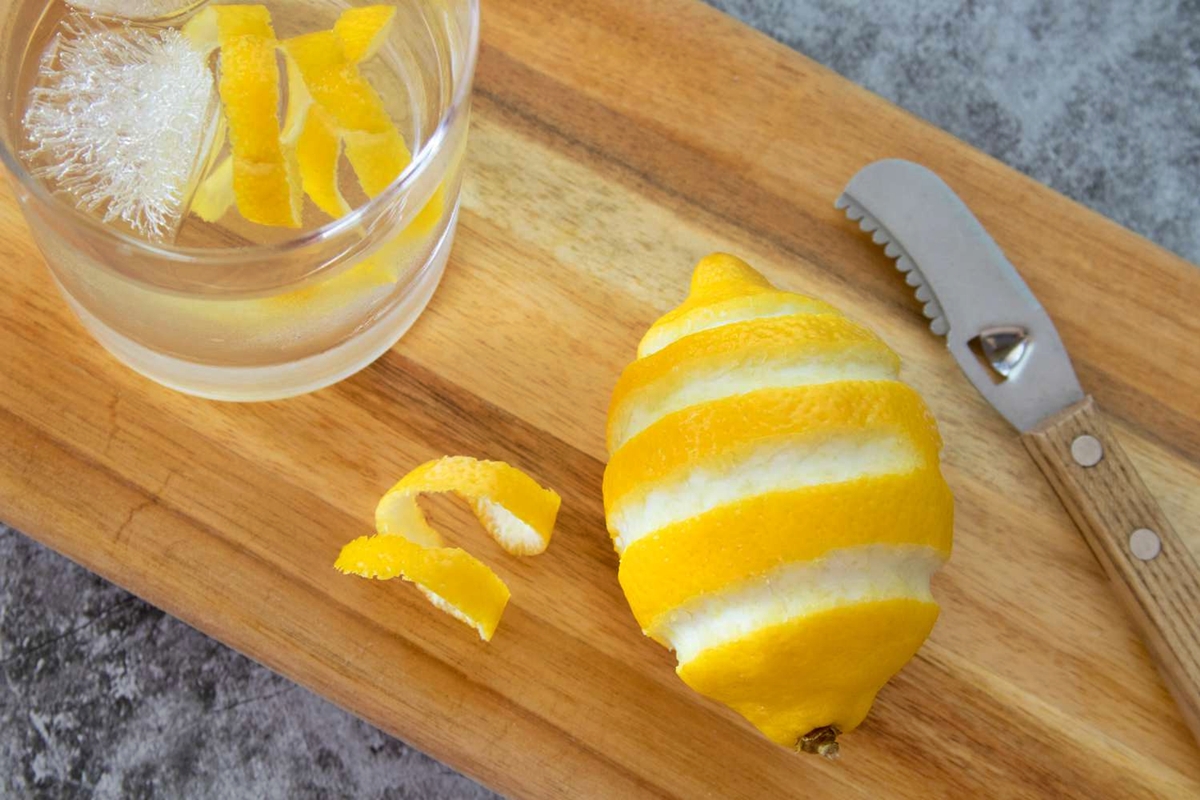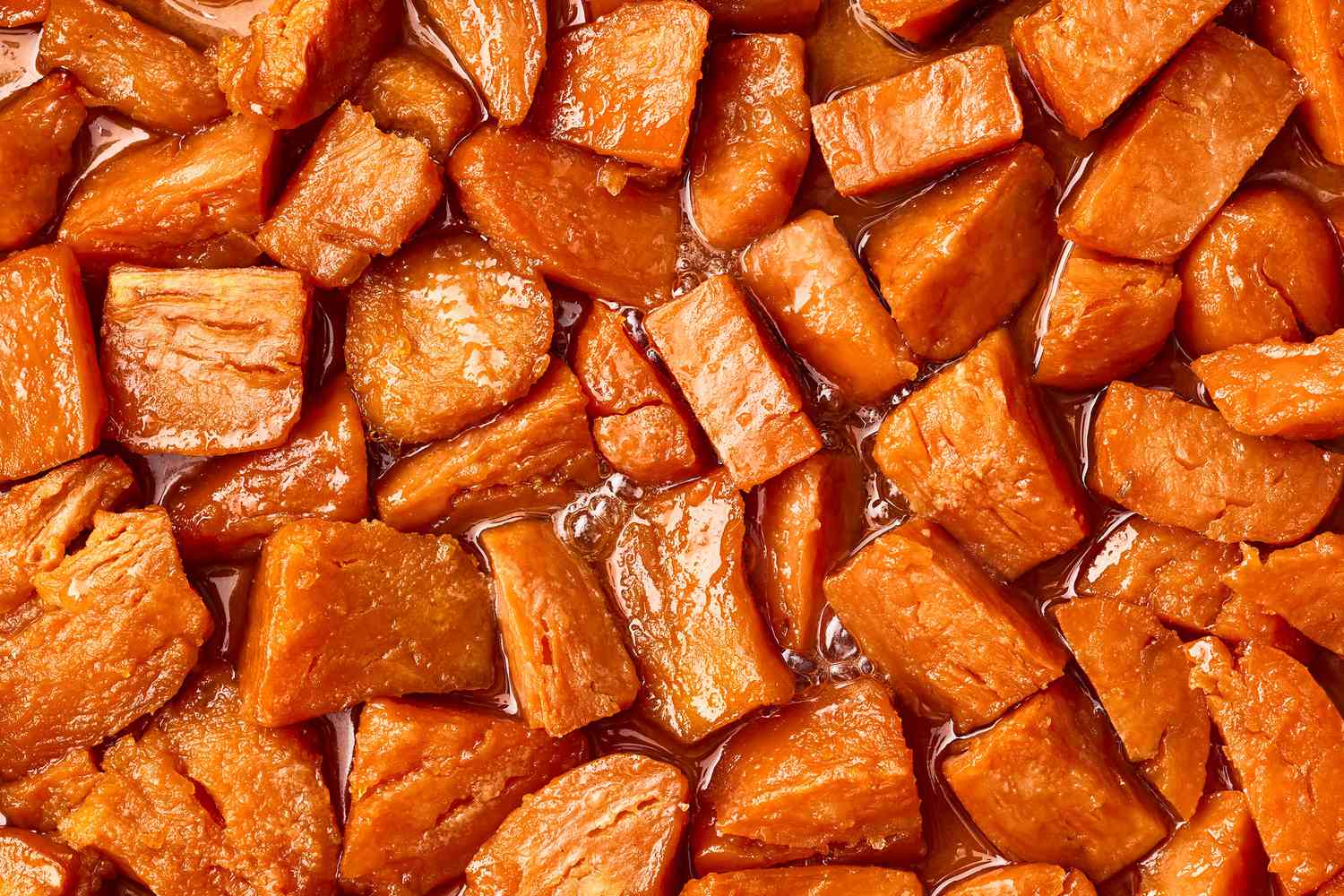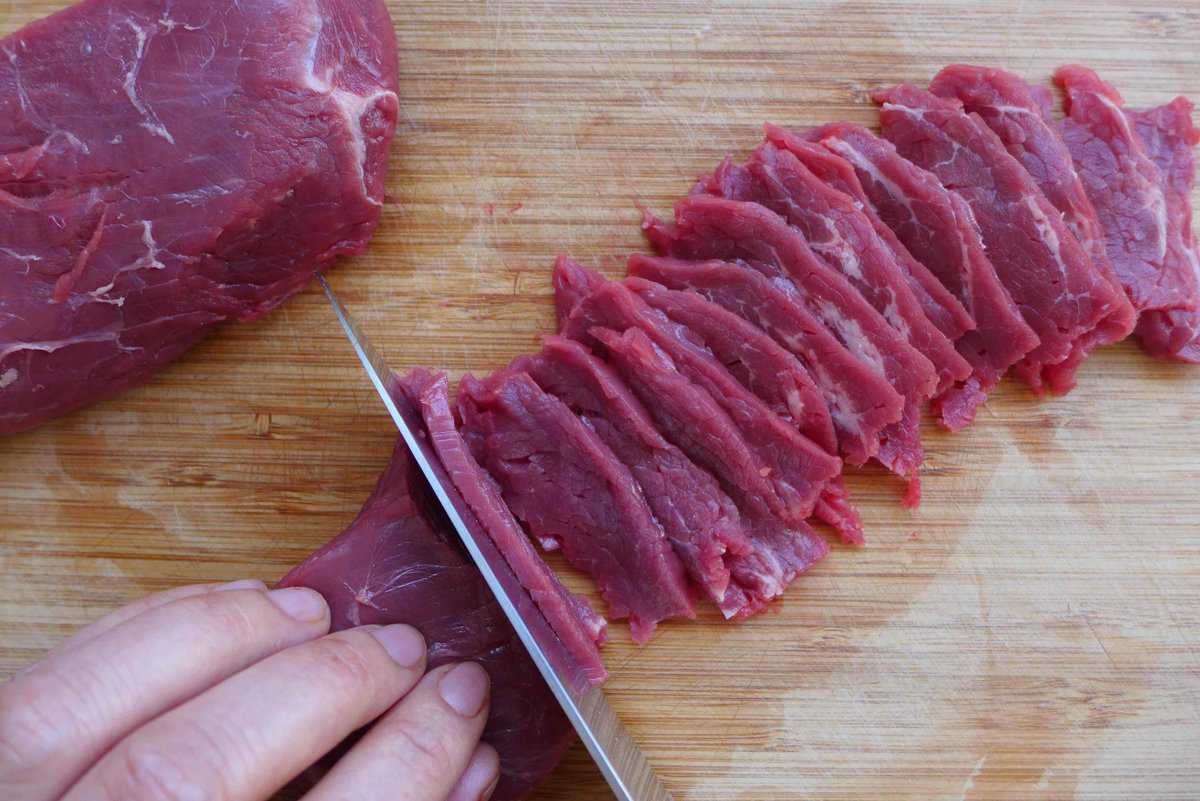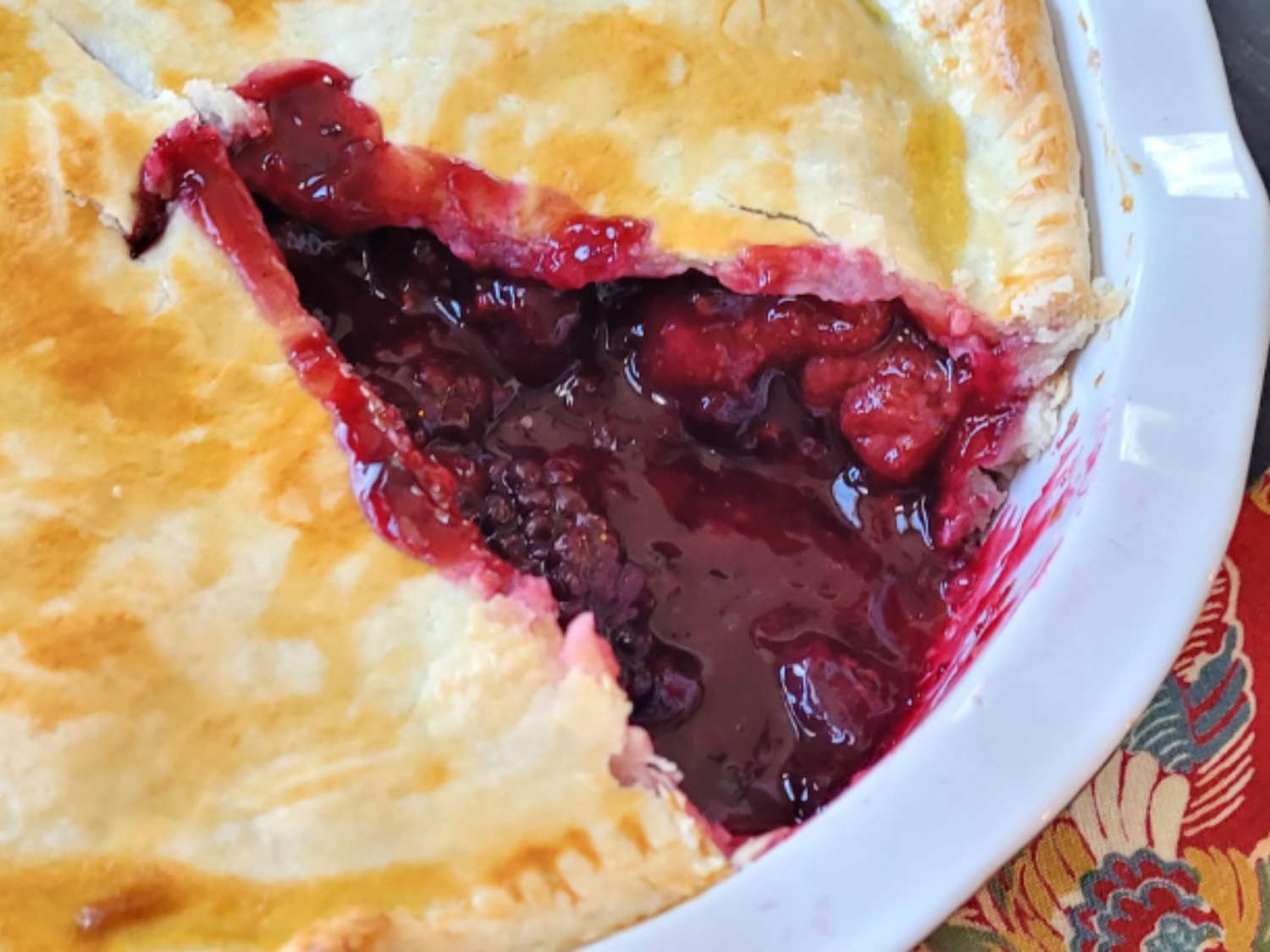Pizza Protips: How to Work with Very Wet Dough
When it comes to making the perfect pizza, the dough is the foundation upon which everything else is built. While there are many different dough recipes and techniques out there, one thing that can be a challenge for many home cooks is working with very wet dough.
Whether you prefer a thin and crispy crust or a soft and chewy one, wet dough can add an extra level of flavor and texture to your pizza. The higher moisture content in the dough leads to a more tender and airy crust. However, handling such dough can sometimes be tricky. But fear not! We have some protips to help you master the art of working with very wet pizza dough:
1. Use the right flour
Choosing the right flour plays a crucial role in working with wet dough. Opt for a high-protein bread flour rather than all-purpose flour. Bread flour has more gluten, which will provide structure and strength to the dough, making it easier to handle.
2. Embrace the stretch and fold technique
Instead of trying to knead the wet dough conventionally, use the stretch and fold technique. Wet your hands with water or oil to prevent sticking, then grab one side of the dough and stretch it away from the center. Fold it back onto the dough, rotating it slightly and repeating the process. This method helps develop the gluten and gives the dough structure without overworking it.
3. Use a bench scraper
A bench scraper is a valuable tool when working with wet dough. It helps you manipulate the dough without adding too much extra flour. Use the bench scraper to fold the dough, shape it, or transfer it to a baking sheet or pizza peel for baking.
4. Keep your work surface and hands lightly oiled
To prevent the dough from sticking too much, lightly oil your work surface and hands. This will make it easier to handle the wet dough and avoid adding excessive amounts of flour, which can affect the texture of the crust.
5. Be patient and let the dough rest
Wet dough needs more time to relax and rise than drier dough. Let the dough rest for a longer period to allow the gluten to develop fully. This will make it easier to work with and shape the dough without it springing back too much.
6. Use a pizza stone or preheated baking sheet
If you’re baking your pizza in the oven, make sure to preheat a pizza stone or a baking sheet. The hot surface will help create a crispy bottom crust. Transfer the shaped dough onto the preheated surface using a pizza peel or the back of a baking sheet dusted with cornmeal or semolina flour.
By following these protips, you’ll be well on your way to becoming a master of working with very wet pizza dough. Don’t be afraid to experiment and adapt these techniques to suit your preferences. With practice and patience, you’ll be able to enjoy delicious homemade pizzas with an incredible crust that’ll rival any pizzeria!
Was this page helpful?
Read Next: How To Carve A Rack Of Lamb The Right Way


